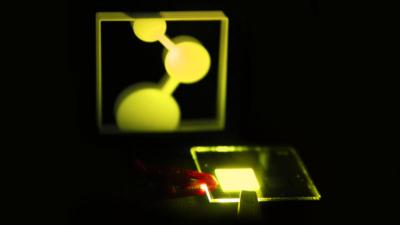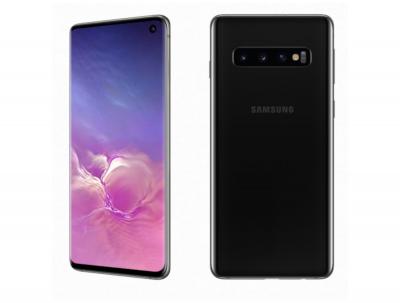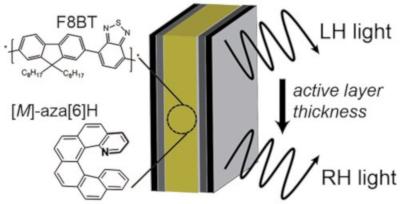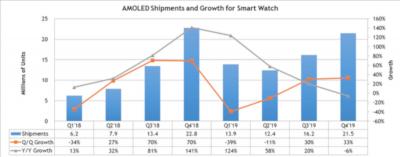Researchers develop a single-layer, efficient TADF OLED device
Researchers from the Max Planck Institute for Polymer Research (MPI-P) have developed an efficient OLED device that is comprised of a single organic material layer - replacing the normal stack of 5-7 layers in modern OLED devices.

The researchers managed to create this OLED device by using a TADF material (CzDBA, diboron based TADF) and by using a newly developed charge injection strategy. The OLED device features a low operating voltage (2.9V at 10,000âcd/m2, an EQE of 19% (at 500 cd/m2) and a lifetime of 1,880 hours at 50% (for 1,000 cd/m2). The color of the device is greenish-yellow.











